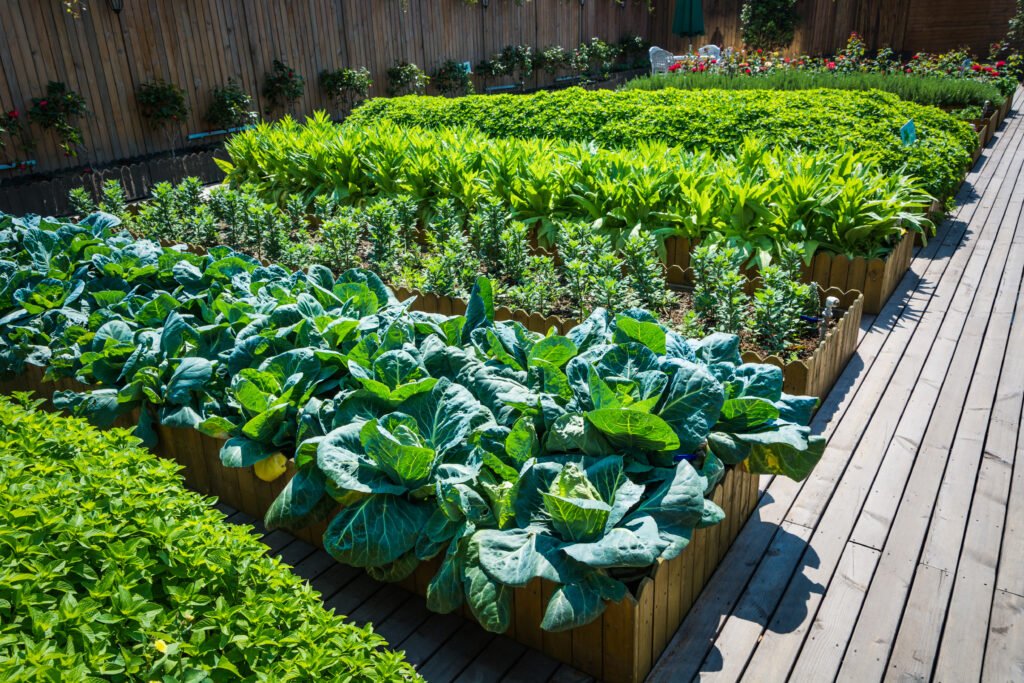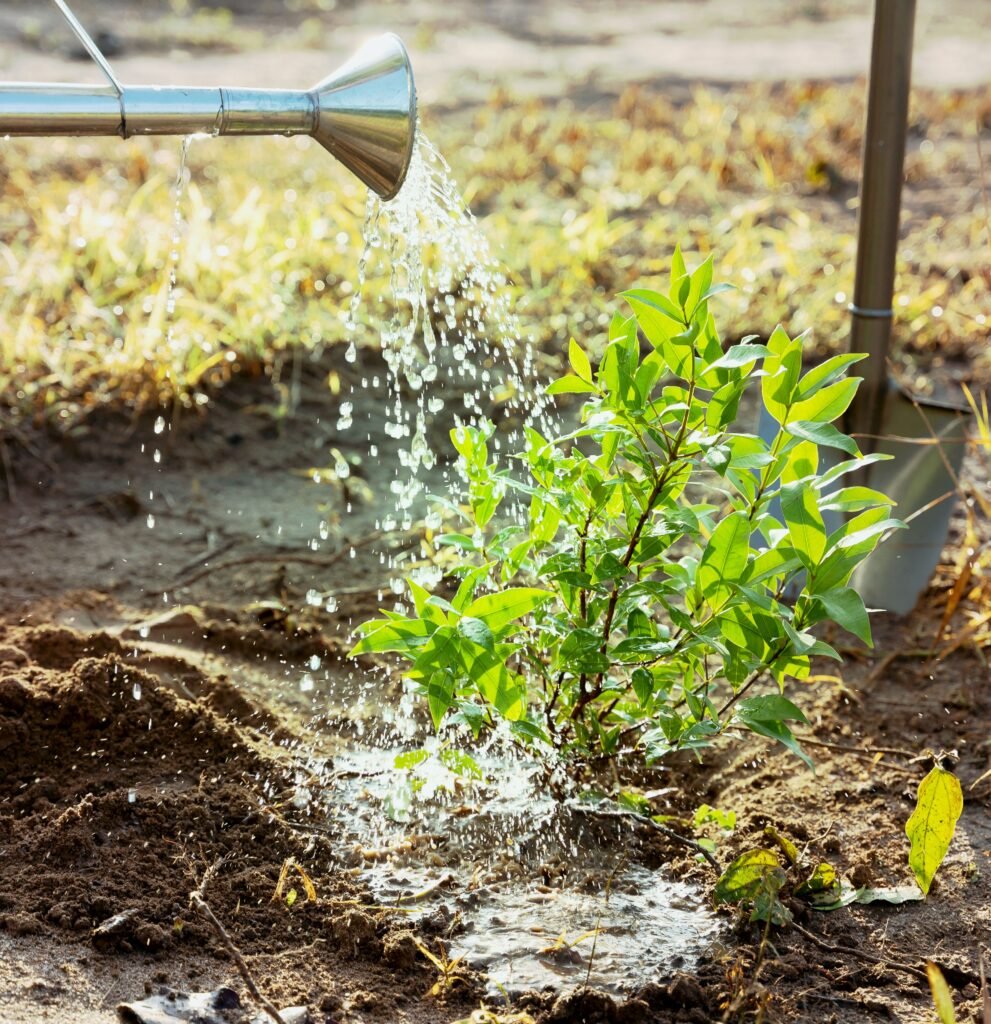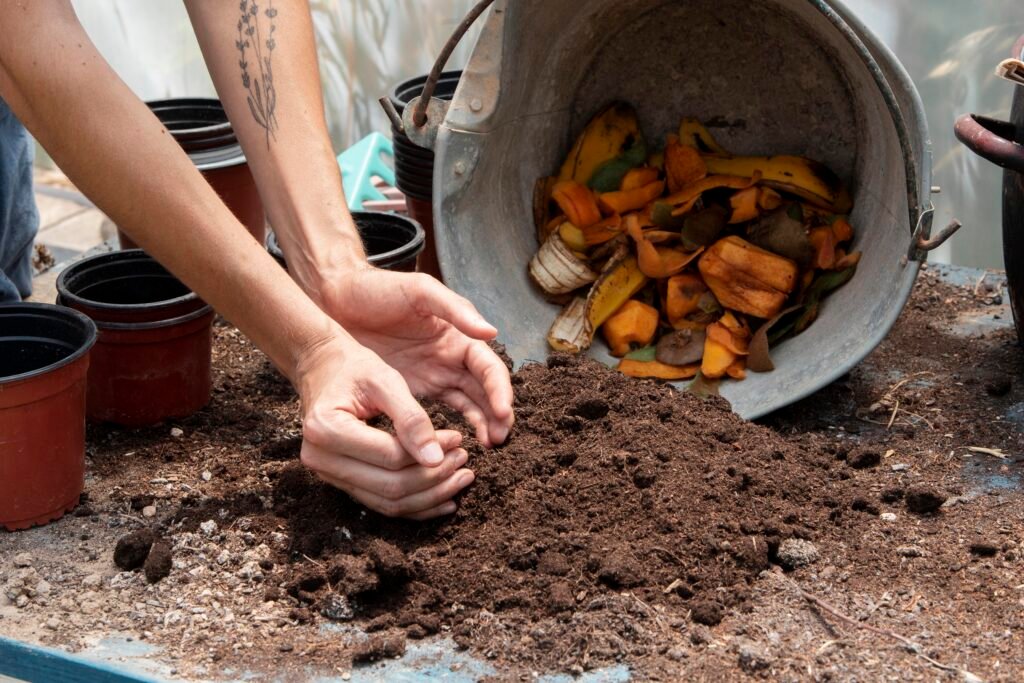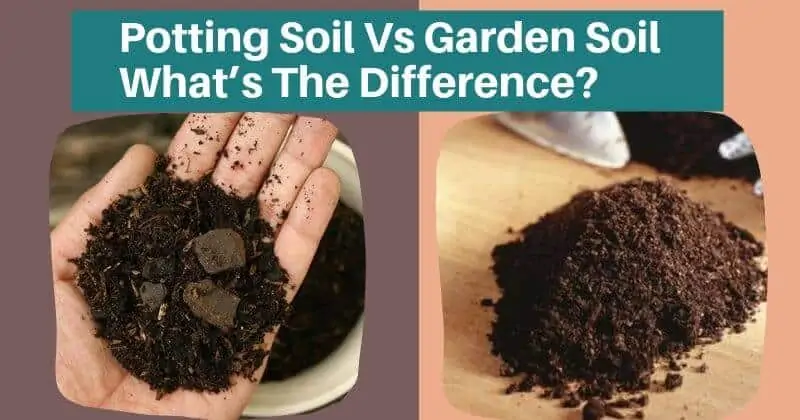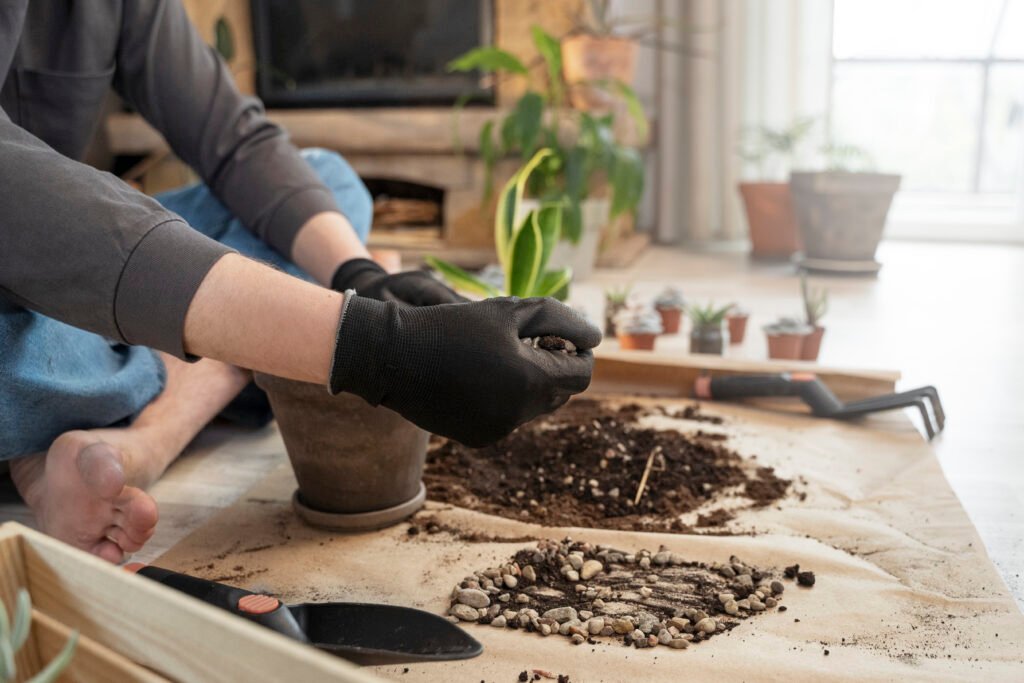Common Indoor Plant Problems: Quick Fixes & Tips
Common indoor plant problems include yellowing leaves, brown leaf tips, leaf spots, curling leaves, and root rot. Stunted or misshapen leaves may indicate pest or nutrient issues or improper care.
As a plant parent, it’s crucial to identify and address these problems promptly to ensure your indoor plants thrive. In this blog post, we will explore 20 common indoor plant problems, their causes, and effective solutions to help you become a green-thumb expert in plant care.
Whether you are dealing with overwatering, nutrient deficiencies, pests, or environmental factors, understanding these issues will empower you to create a healthy and vibrant indoor garden. Let’s dive in and troubleshoot your indoor plant problems together!
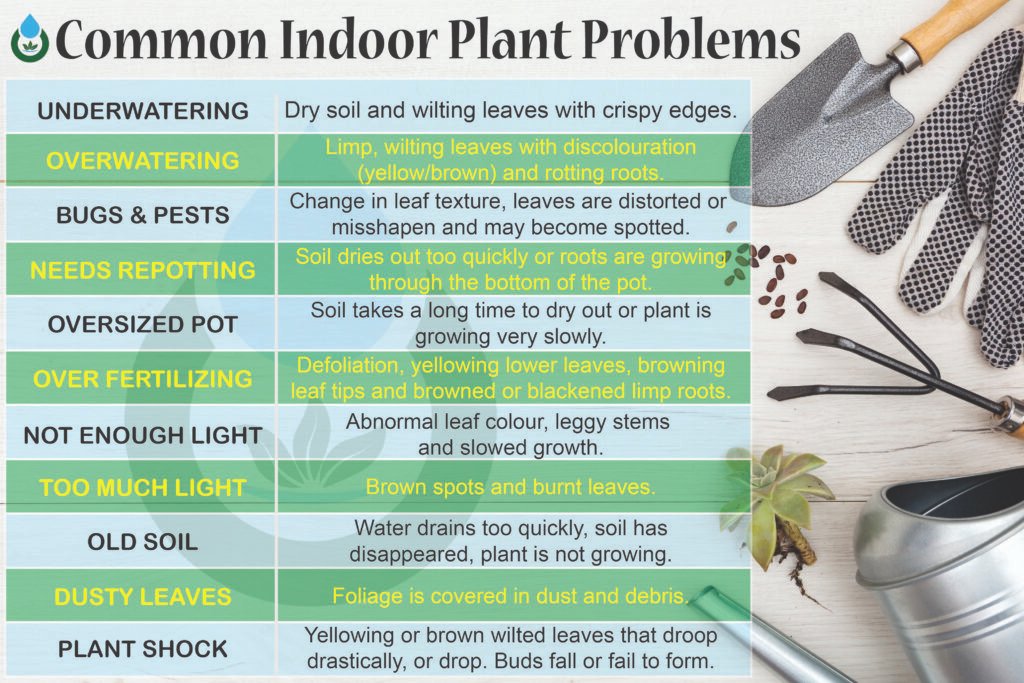
Yellow Leaves: A Cry For Help
One of the most common problems that indoor plant owners encounter is yellow leaves. This can be quite alarming, as it is often a cry for help from your beloved plant. Yellowing leaves can indicate a variety of issues, including nutrient deficiencies, imbalanced water intake, or other underlying problems.
Identifying Nutrient Deficiencies
When leaves start to look slightly discolored and turn yellow, it could be a sign that your houseplant has a nutrient deficiency. This means that the plant is not receiving the essential nutrients it needs to thrive. Nutrient deficiencies can be caused by various factors, such as poor soil quality or imbalanced fertilizer application.
To address this issue, try experimenting with different organic solutions to the soil. Adding a boost of essential nutrients through organic fertilizers or plant supplements can help restore the plant’s health and vibrant green color. Additionally, it is important to ensure that your plant receives adequate sunlight, as some nutrient deficiencies can be a result of insufficient light.
Balancing Water Intake
Improper watering is another common cause of yellow leaves in indoor plants. Overwatering or underwatering can both lead to leaf discoloration and yellowing. When leaves start yellowing and newer leaves are failing to grow, this could be a sign that your plant is in need of more direct light.
To prevent overwatering, make sure your plant’s pot has proper drainage to allow excess water to pass through. This will help avoid waterlogging the roots, which can lead to root rot and yellowing leaves. On the other hand, underwatering can cause drought stress and result in yellowing and wilting of leaves. Regularly check the moisture level of the soil and adjust your watering schedule accordingly.
It is also important to consider the environmental conditions of your indoor space. Dry air can contribute to leaf drying and discoloration. Mist your plants regularly to increase humidity and prevent leaves from drying out. Keeping the room temperature consistent where your plants are located can also help maintain a suitable environment for their growth and prevent stress-induced yellowing.
By identifying nutrient deficiencies and balancing water intake, you can help your indoor plants overcome the issue of yellow leaves and restore their health and vitality.
Wilting Plants: Revival Tactics
Revive wilting plants with these 20 indoor plant problem-solving tactics. Detect nutrient deficiencies, pests, and over/underwatering signs to ensure your plants thrive. Learn to identify common issues like yellowing leaves, root rot, and nutrient deficiencies for healthier indoor greenery.
Wilting Plants: Revival Tactics Wilting plants can be a common problem for indoor plant owners. If you notice that your plant’s leaves are drooping or wilting, it may be an indication that the plant is not getting enough water or is suffering from root rot. Here are some revival tactics to help bring your wilting plants back to life. Optimizing Soil Moisture One of the most common causes of wilting plants is over or under-watering. To optimize soil moisture, it’s important to understand the type of plant you have and its watering needs. Some plants require more frequent watering, while others prefer to dry out between waterings. You can also use a moisture meter to determine when it’s time to water your plants. Ensuring Proper Drainage Another cause of wilting plants is improper drainage. Without proper drainage, water can build up in the soil and cause root rot. To ensure proper drainage, make sure your plant is in a pot with a drainage hole and that the soil is not compacted. You can also add a layer of gravel or sand to the bottom of the pot to help with drainage. Other Revival Tactics In addition to optimizing soil moisture and ensuring proper drainage, there are a few other tactics you can use to revive a wilting plant. These include: – Trimming off any dead or damaged leaves or stems – Moving the plant to a location with more or less light depending on its needs – Fertilizing the plant with a balanced fertilizer – Repotting the plant in fresh soil if root rot is present By following these tactics, you can help bring your wilting plants back to life and enjoy their beauty and benefits for years to come.
Brown Tips On Leaves: Addressing The Burn
When you notice brown tips on your indoor plant’s leaves, it could be a sign of environmental stress or improper care. Addressing this issue promptly is crucial to prevent further damage and promote the plant’s health.
Adjusting Humidity Levels
To address brown tips on leaves, consider adjusting the humidity levels in the plant’s environment. Indoor plants may suffer from brown leaf tips due to low humidity levels, especially during the winter months when indoor air tends to be drier. You can increase humidity by:
- Grouping plants together to create a microclimate with higher humidity.
- Using a humidifier to maintain optimal moisture levels.
- Misting the leaves with water to provide temporary relief.
Trimming Affected Areas
When dealing with brown tips on leaves, it’s important to trim the affected areas to prevent the problem from spreading. Follow these steps for effective trimming:
- Use clean, sharp scissors or pruning shears to make precise cuts.
- Trim the affected parts of the leaves, ensuring to cut at an angle for a natural appearance.
- Dispose of the trimmed foliage properly to avoid the spread of disease.
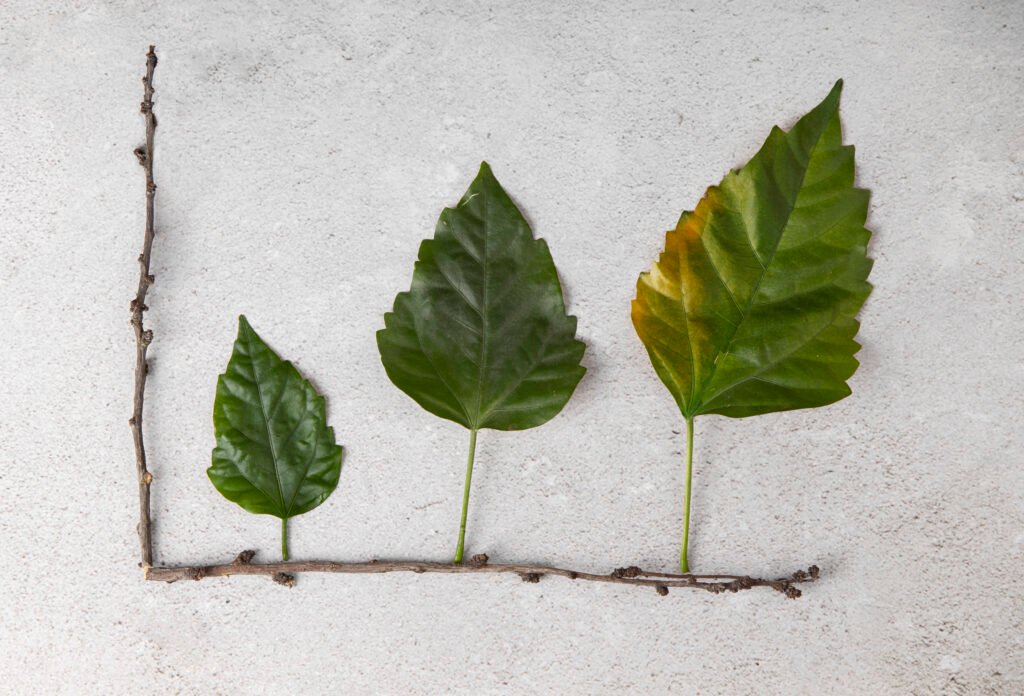
Leaf or Needle Drop Problem & Solution
Leggy Growth: Seeking The Light
Leggy growth in indoor plants is a common issue that occurs when plants stretch out in search of more sunlight. This can result in weak, elongated stems and sparse foliage, detracting from the plant’s overall appearance. Understanding how to address leggy growth is essential for maintaining healthy and vibrant indoor plants.
Rearranging For Adequate Sunlight
Proper sunlight exposure is crucial for preventing leggy growth in indoor plants. Ensure your plants are placed in locations that receive adequate natural light throughout the day. Consider rotating your plants regularly to promote even growth and prevent them from leaning towards the light source.
Pruning For Fuller Plants
Regular pruning is key to maintaining full and bushy indoor plants. Trim back leggy stems to encourage new growth and promote a more compact and attractive appearance. Focus on removing any leggy or overcrowded growth to allow the plant to redirect its energy towards producing healthier foliage.
Pest Invasion: Natural Combat Strategies
Indoor plants are not immune to the occasional pest invasion. These unwanted visitors can wreak havoc on your beloved plants, causing damage to the leaves, stems, and even the roots. However, there are natural combat strategies that can help you tackle these pesky pests and restore the health of your indoor plants.
Aphids: Soap And Water Mixture
Aphids are tiny insects that feed on the sap of plants, causing leaves to curl and become distorted. To combat these pests, you can create a simple and effective soap and water mixture. Mix a few drops of mild liquid soap with water in a spray bottle. Spray this solution onto the affected leaves, ensuring that you cover both the upper and lower surfaces. The soap will suffocate the aphids, effectively eliminating the infestation.
Spider Mites: Isolation And Mitigation
Spider mites are common indoor plant pests that are barely visible to the naked eye. They often appear as tiny specks on the underside of leaves, causing yellowing and webbing. To combat spider mites, it is crucial to isolate the affected plant to prevent the infestation from spreading to other plants. You can also mitigate the infestation by regularly spraying the affected plant with water, as spider mites dislike high humidity.
If the infestation is severe, you can use organic insecticidal soap or neem oil to control spider mites. Apply these treatments according to the instructions on the product label, making sure to cover both the upper and lower surfaces of the leaves.
By employing these natural combat strategies, you can effectively deal with common indoor plant pests and ensure the health and vitality of your beloved green companions.
Fungal Foes: Battling Mold And Mildew
Combatting mold and mildew is crucial in addressing 20 common indoor plant problems. Detecting off-color leaves and examining for insect damage or nutrient deficiencies are key steps in prevention, diagnosis, and correction. Transplant shock can also cause yellowing or brown wilted leaves, indicating the need for immediate attention.
Fungal Foes: Battling Mold and Mildew Indoor plants are not immune to fungal diseases like mold and mildew. These pesky fungi thrive in warm and humid environments, making indoor plants the perfect target. Luckily, there are ways to prevent and treat fungal problems in indoor plants. Preventing Powdery Mildew Powdery mildew is a common fungal disease that presents as a white, powdery coating on the leaves. To prevent powdery mildew, make sure to keep the air circulating around your plants. You can also use a fungicide spray to prevent the spores from spreading. Treating Botrytis Cinerea Botrytis cinerea, also known as gray mold, is another common fungal disease that affects indoor plants. This disease presents as grayish-brown mold on the leaves and stems. To treat botrytis cinerea, remove the infected parts of the plant and dispose of them properly. You can also use a fungicide spray to prevent the disease from spreading. In addition to preventing and treating specific fungal diseases, there are general steps you can take to keep your indoor plants healthy and fungus-free. These include: – Watering your plants properly, making sure not to overwater or underwater. – Keeping the humidity levels in your home under control. – Keeping your plants clean by wiping the leaves with a damp cloth. – Quarantining any new plants you bring into your home for a few weeks to make sure they are not carrying any fungal diseases. By following these steps and being vigilant about the health of your indoor plants, you can prevent and treat fungal diseases and keep your plants thriving.
Root Rot: Avoiding The Dreaded Decay
Root rot is a common and potentially devastating problem that can affect indoor plants. It occurs when the roots of the plant become waterlogged, leading to decay and ultimately the death of the plant. To avoid this dreaded decay, it’s crucial to take proactive measures in selecting the right pot and watering wisely.
Selecting The Right Pot
When it comes to choosing the right pot for your indoor plants, proper drainage is key. Opt for pots with drainage holes to allow excess water to pass through, preventing waterlogging and the onset of root rot.
Watering Wisely
Overwatering is a common cause of root rot. It’s important to water your indoor plants wisely, ensuring that the soil is allowed to partially dry out between waterings. This helps prevent waterlogging and promotes healthy root growth, ultimately safeguarding your plants from the dreaded decay of root rot.
Discolored And Misshapen Leaves: Unveiling The Issues
Diagnosing Plant Shock
When plants experience sudden changes in their environment, they can exhibit signs of shock, such as yellowing or brown wilted leaves that droop drastically. This could occur after repotting or due to significant environmental changes.
Correcting Care Missteps
Discolored and misshapen leaves can indicate various issues, including nutrient deficiency, insect damage, or improper care. Small, stunted, or misshapen leaves might also point to pest or nutrient problems. It’s important to identify and address these issues promptly to restore the health of the plant.
Transplant Shock: Minimizing The Stress
Minimizing transplant shock is crucial in keeping indoor plants healthy. This is just one of the many common indoor plant problems that can be easily prevented or treated by examining foliage, identifying pests or nutrient deficiencies, and providing proper care.
Transplant Shock: Minimizing the Stress Transplant shock can be a common problem when repotting indoor plants. It occurs when a plant undergoes stress due to the transplanting process, which can result in wilting, leaf drop, and even death. However, there are ways to minimize the stress and ensure a smooth transition for your plants. The Right Way to Repot The first step to minimizing transplant shock is to ensure that you are repotting your plants correctly. This involves selecting the right size pot, using the appropriate soil mix, and avoiding damaging the roots during the transplanting process. When selecting a new pot, make sure it is only one size larger than the current pot and has drainage holes. Use a high-quality potting mix that is suitable for your plant’s specific needs. Avoid disturbing the roots as much as possible during the transplanting process. Aftercare for a Smooth Transition After repotting your plant, it is essential to provide proper aftercare to minimize stress. Water the plant thoroughly and allow excess water to drain out of the pot. Place the plant in a shaded area for a few days to allow it to recover from the transplant shock. Once your plant has adjusted, gradually reintroduce it to its regular lighting conditions. Avoid fertilizing for at least a month after repotting, as the plant needs time to recover and establish new roots. By following these tips, you can minimize transplant shock and ensure a smooth transition for your indoor plants. Remember to give your plant time to adjust and recover, and it will reward you with healthy growth and beautiful foliage.
Millennial Plant Love: More Than A Trend
Discover the many common indoor plant problems that millennial plant lovers face. From aphids and powdery mildew to spider mites and root rot, learn how to treat and prevent these issues to keep your indoor plants thriving. Say goodbye to wilting leaves and hello to a healthy green oasis in your home!
Cultivating A Community
Millennial plant love is more than just a passing trend – it’s a vibrant and growing community of plant enthusiasts. From urban jungles to tiny apartments, millennials have embraced indoor plants as a way to bring nature into their homes and create a sense of calm and serenity.
One of the reasons why millennials have developed such a strong affinity for indoor plants is the opportunity to cultivate a community. Social media platforms like Instagram and Facebook have become virtual greenhouses, where plant lovers can connect, share their plant journeys, and seek advice and inspiration from fellow enthusiasts.
Through hashtags like #plantsofinstagram and #plantparenthood, millennials are building a network of like-minded individuals who understand the joys and challenges of caring for indoor plants. This sense of community not only provides support and guidance but also fosters a sense of belonging and camaraderie.
The Benefits Of Plant Parenthood
Beyond the social aspect, millennial plant love also stems from the numerous benefits of plant parenthood. Indoor plants not only beautify living spaces but also contribute to a healthier and more productive environment.
First and foremost, indoor plants are natural air purifiers. They absorb harmful toxins, such as formaldehyde and benzene, from the air, improving indoor air quality and reducing the risk of respiratory issues. This is especially important for millennials who often live in urban areas with high pollution levels.
Additionally, studies have shown that indoor plants can enhance concentration, reduce stress levels, and boost productivity. The presence of greenery has a calming effect on the mind and can help alleviate anxiety and improve overall mental well-being.
Furthermore, taking care of indoor plants can also be a form of self-care. Nurturing plants provides a sense of purpose and accomplishment, while the act of watering and tending to them can be a mindful and meditative practice. It allows millennials to disconnect from the digital world and reconnect with nature.
In conclusion, millennial plant love is more than just a passing trend. It is a thriving community that cultivates a sense of belonging and provides numerous benefits for its members. Whether it’s the joy of watching a new leaf unfurl or the satisfaction of creating an oasis in a concrete jungle, indoor plants have become an integral part of millennial lifestyles.
Frequently Asked Questions
What Is Wrong With My Plant Indoors?
The problem with your indoor plant could be due to nutrient deficiency, insect damage, or improper watering. Look for off-color, stunted, or misshapen leaves as indicators. Correct care and pest management can help resolve these issues.
What Does Plant Shock Look Like?
Plant shock manifests as yellowing or brown wilted leaves that droop drastically, signaling stress from environmental changes.
Do Plants Go Into Shock After Repotting?
Plants can experience shock after repotting due to the change in environment, causing yellowing or wilting leaves.
Why Are Millennials Suddenly So Obsessed With Houseplants?
Millennials are obsessed with houseplants for self-care, nurturing, and community-building in today’s disconnected world.
Conclusion
Understanding and addressing common indoor plant problems is crucial for plant health. By diagnosing issues like root rot, overwatering, and nutrient deficiencies, you can ensure your plants thrive. Remember to provide proper care, monitor for pests, and adjust light and watering levels as needed for healthy, happy indoor plants.
